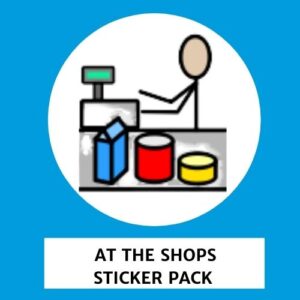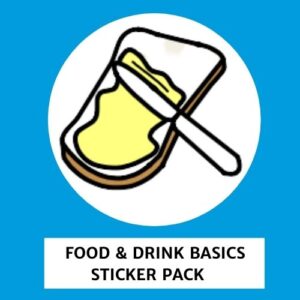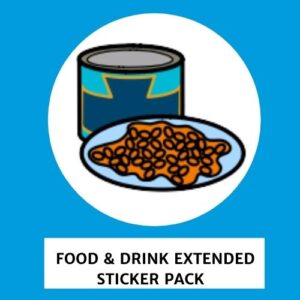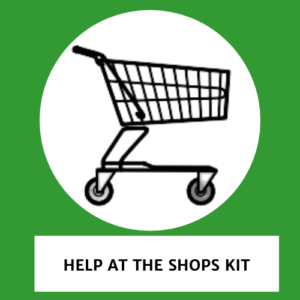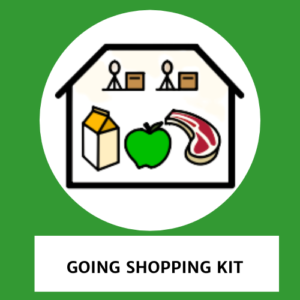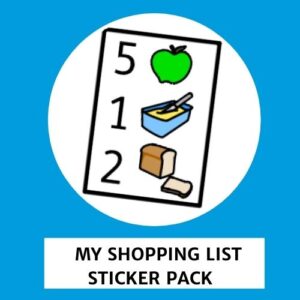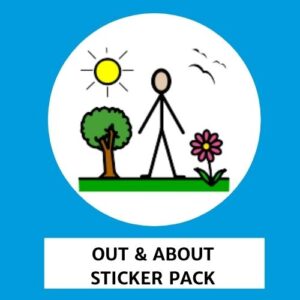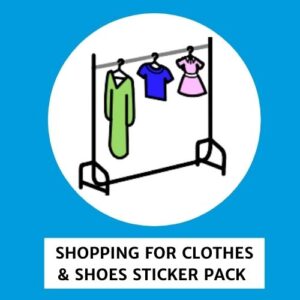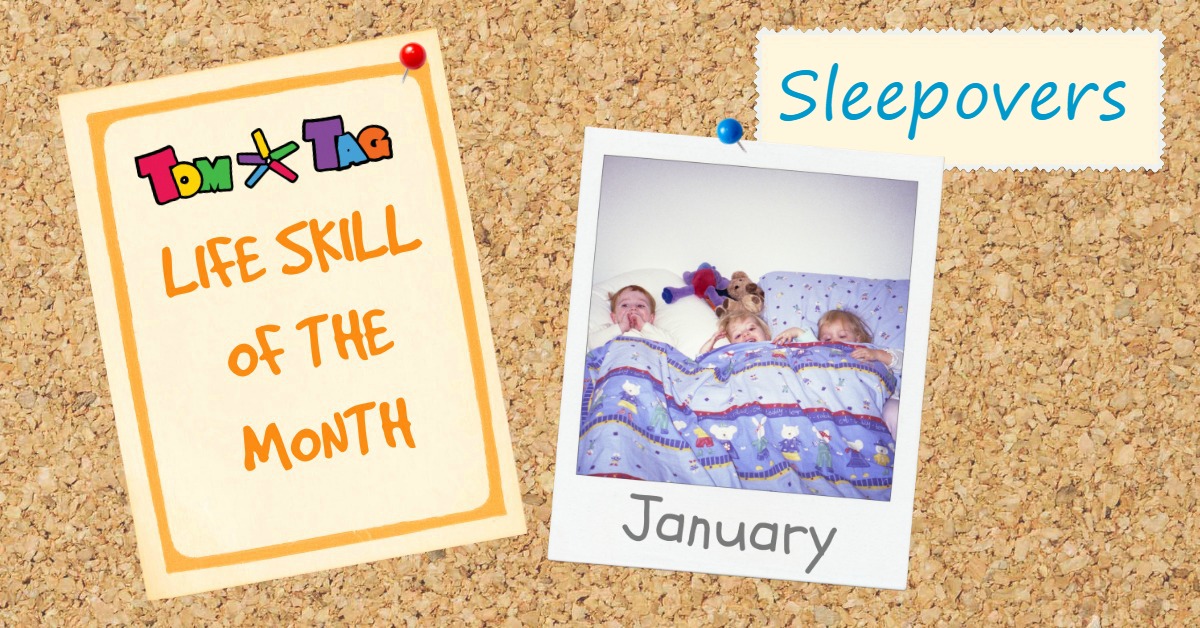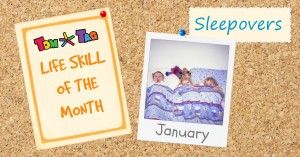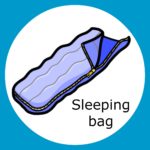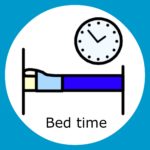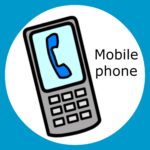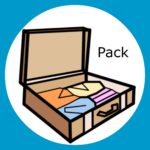Getting the whole family ready for school and out of the door on time and with all the right kit is never easy. There’s usually lots of shouting, nagging and panic involved!
Chaos or calm?
A less stressful and chaotic morning is possible with a little preparation. When children have the skills to get ready independently, they can start to take responsibility for themselves and their belongings without needing you to remind them every time. It might take a little practice and patience at first but it will be worth the effort in the long run.
Establishing a consistent morning routine (and the evening before) is also key to getting things to run more smoothly and helps everyone to understand what’s expected of them.
Visual checklists and schedules are an ideal tool to use when helping your child learn routines and skills for independence.
Use a consistent morning routine
 Getting back into a routine after a long break or when starting school for the first time can be really difficult, especially for very young children or those on the autistic spectrum.
Getting back into a routine after a long break or when starting school for the first time can be really difficult, especially for very young children or those on the autistic spectrum.
Create a visual reminder of all the tasks that need to be completed each morning and list them in the order in which you want them to be done.
It’s ok to use more detailed steps at first or attach a separate detailed list for each task to help make the process easier to understand.
Keep this list in a handy place in your child’s bedroom so it’s within reach when they get out of bed. Get them used to following the routine step by step each morning and work towards them checking things off independently each day.
Avoid the dressing battlefields
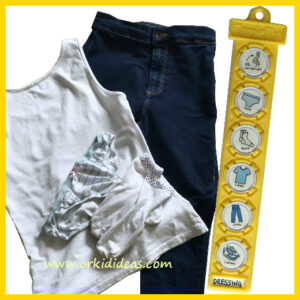 Keep another checklist in the bedroom that will show your child what clothes they need to wear and what they should put on first. This avoids the pants over trousers scenario!
Keep another checklist in the bedroom that will show your child what clothes they need to wear and what they should put on first. This avoids the pants over trousers scenario!
Setting out clothes the night before saves a lot of stress trying to find clean clothes in the morning. Start by laying out all the clothes for them so that everything’s ready to go the next day and then build up to them taking the responsibility for preparing this themselves.
Tackle hygiene skills
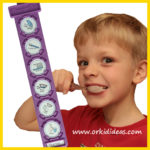 Taking care of personal hygiene is a very important life skill for all our children to learn. We perform these tasks for ourselves everyday without needing to think about exactly what we’re doing.
Taking care of personal hygiene is a very important life skill for all our children to learn. We perform these tasks for ourselves everyday without needing to think about exactly what we’re doing.
For children just learning these skills, we need to break the task down into smaller steps. A picture list describing each step in the process is a great visual reminder that they can refer to each time they do the task which will help them to master getting it right.
Keeping a teethbrushing, toilet routine or washing checklist in the bathroom will help your child develop the independence to get ready in the morning by themselves and speed up the whole family’s routine.
Pack all the right kit
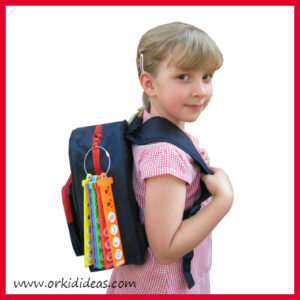 Giving your child the responsibility for finding and packing everything they need for school might seem like a crazy idea but even the youngest or most disorganised child can soon get the hang of it, increasing their independence and reducing anxieties that occur over forgotten items.
Giving your child the responsibility for finding and packing everything they need for school might seem like a crazy idea but even the youngest or most disorganised child can soon get the hang of it, increasing their independence and reducing anxieties that occur over forgotten items.
Use a simple checklist attached to their schoolbag listing all the things they need to remember to take for each day of the week. Then they’ll also have it with them at school to remind them what to bring home at the end of the day too.
Getting into the habit of packing the night before is a great way to avoid that last minute panic searching for homework or games kit in the morning when you really should be leaving the house!
Make your own schedules and checklists
-

I Can Do It Brush My Teeth Mini Kit
-
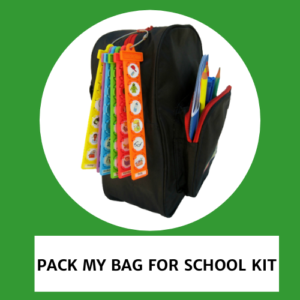
I Can Do It Pack My Bag For School Kit
-
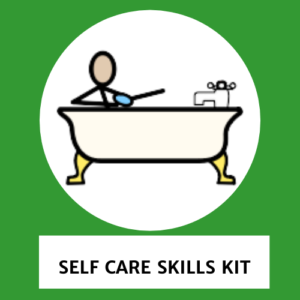
I Can Do It Self Care Skills Kit
-
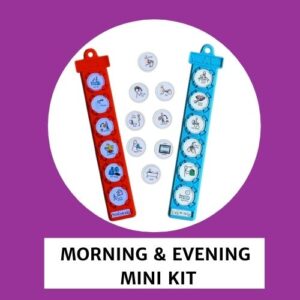
I Know What To Expect – Morning and Evening Mini Kit
-
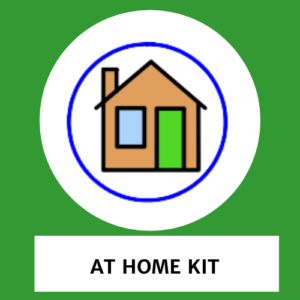
I Know What To Expect At Home Kit
-
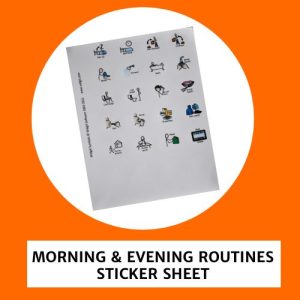
Morning and Evening Routines Sticker Sheet
-
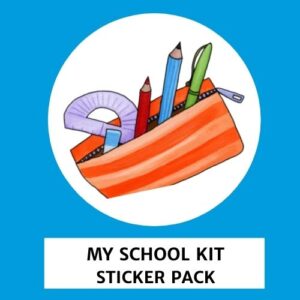
My School Kit Sticker Pack
-
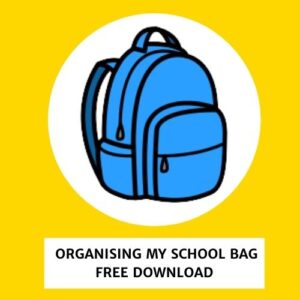
Organising My School Bag
-
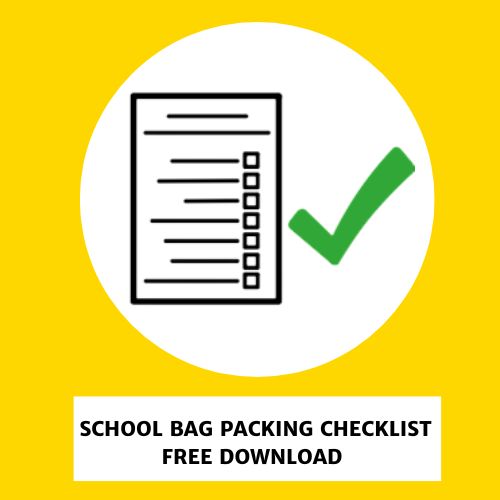
School Bag Packing Checklist


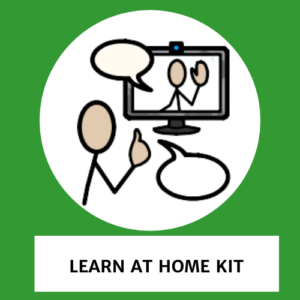
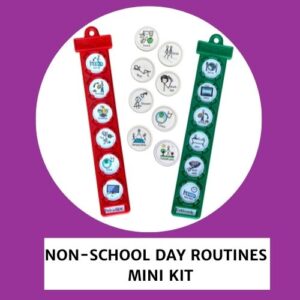
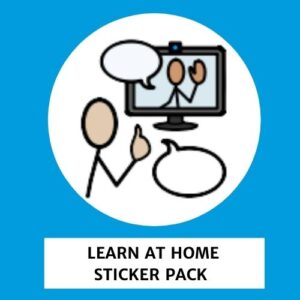

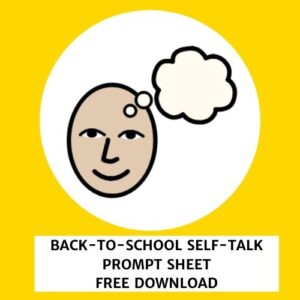
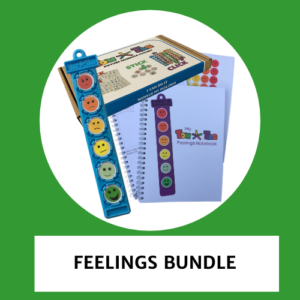
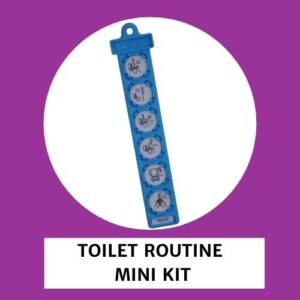


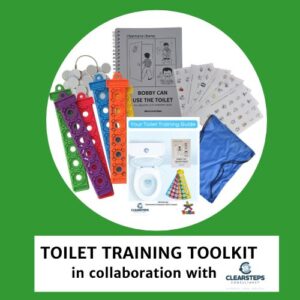

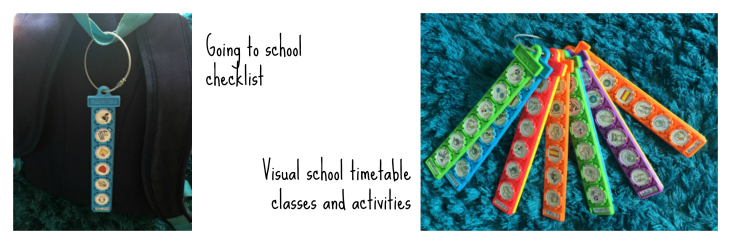
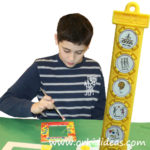
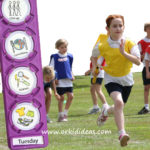
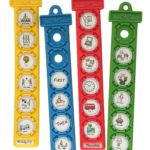
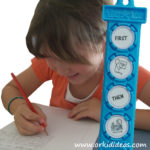
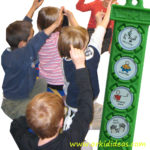
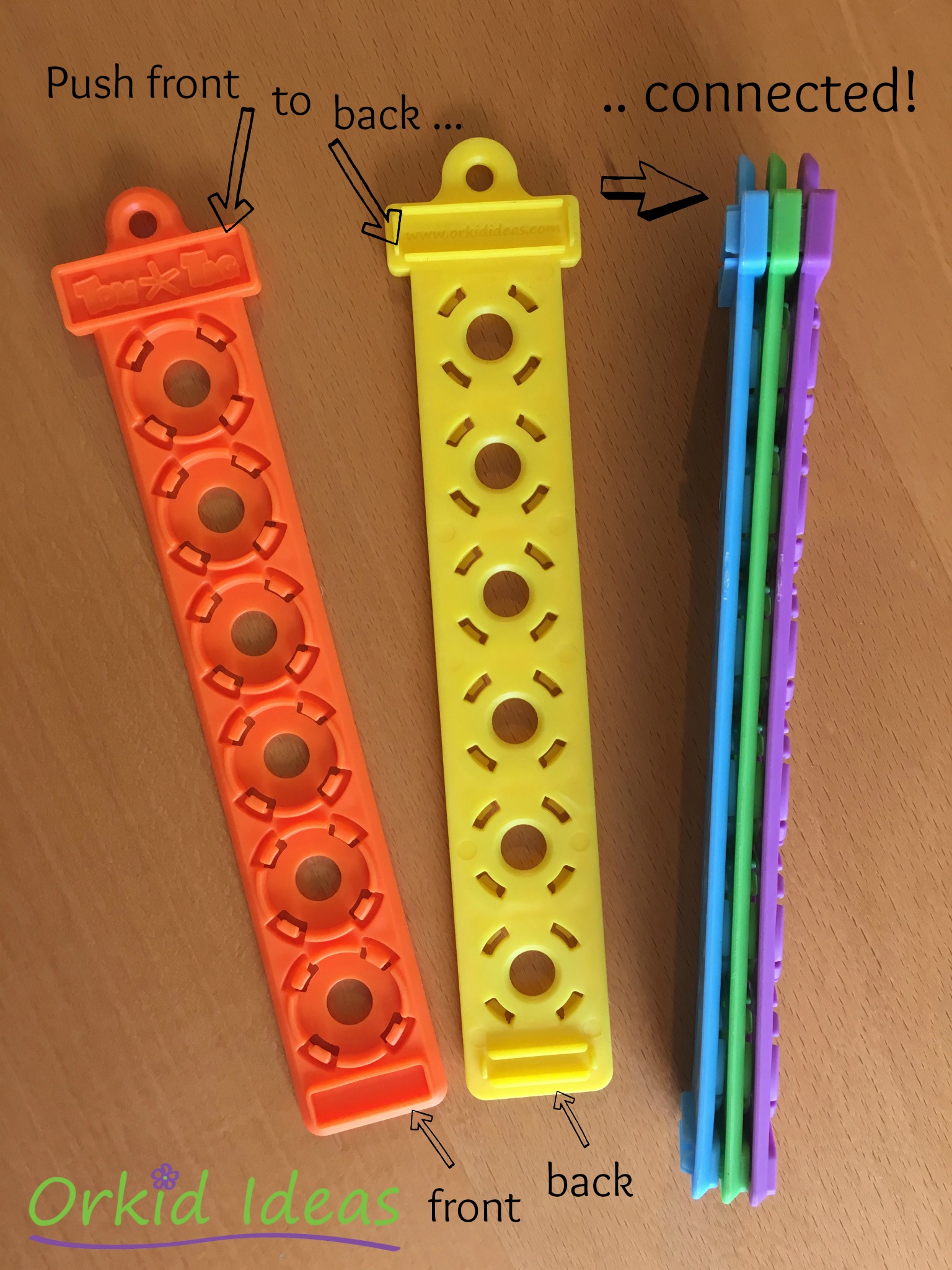







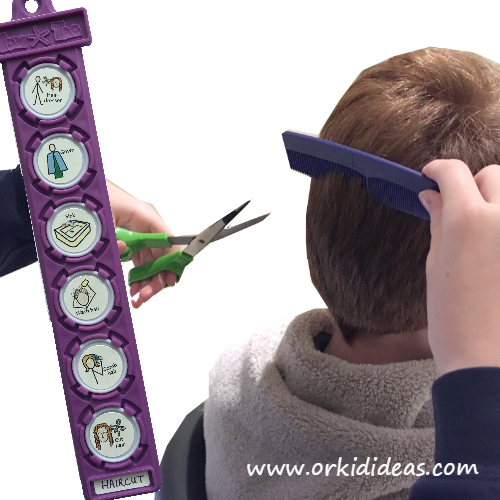
 Prepare
Prepare  Familiarise
Familiarise Visualise
Visualise 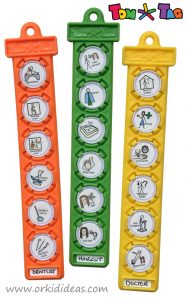
 Read it
Read it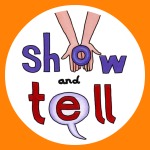 Communication
Communication Sensory sensitivities
Sensory sensitivities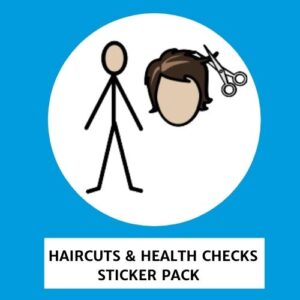

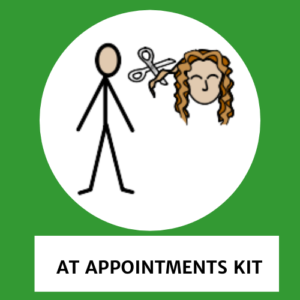
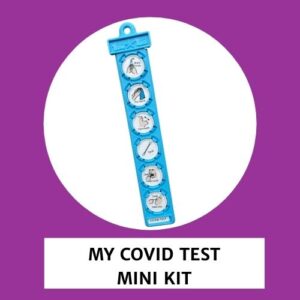


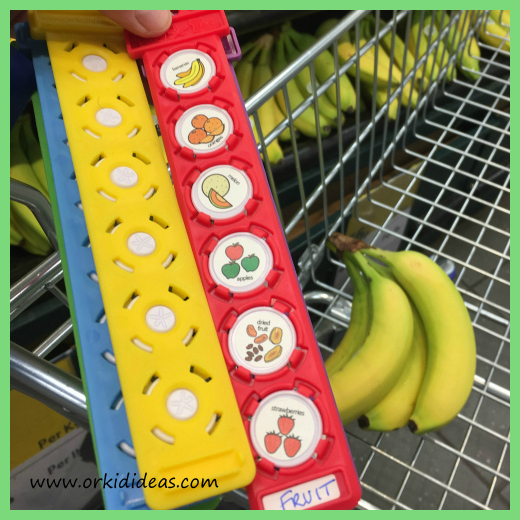
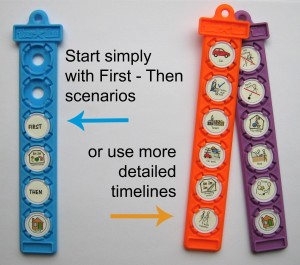

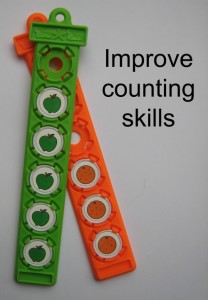
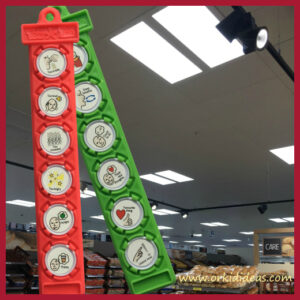
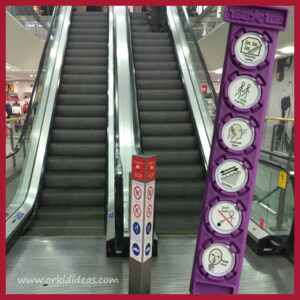
 Shopping for shoes and clothes with a child with autism can often be particularly difficult and require specific explanation of what to expect before you go.
Shopping for shoes and clothes with a child with autism can often be particularly difficult and require specific explanation of what to expect before you go.